Introduction
In the realm of modern construction, fire safety has become a paramount concern, particularly when discussing materials like fire rated composite cladding. As buildings grow taller and more complex, ensuring that cladding materials can withstand fire hazards is essential not just for compliance but for the safety of occupants and property alike. Understanding how these materials are rated and their implications can lead to smarter choices in architectural design and construction practices.
Understanding Composite Cladding and Fire Safety
Composite cladding is a versatile building material made from a blend of wood fibers, plastics, and other additives designed to enhance durability while providing aesthetic appeal. However, not all composite cladding is created equal; some are specifically engineered to meet stringent fire safety standards. Fire rated composite cladding offers enhanced resistance to flames, reducing the risk of rapid spread during a fire incident.
Importance of Fire Ratings in Construction
Fire ratings serve as critical benchmarks in construction, indicating how well materials can resist ignition and flame spread. These ratings help architects, builders, and safety officials make informed decisions about which products to use in various applications—especially in high-risk environments like commercial buildings or residential structures near wildlands. By understanding the kinds of fire ratings for composite cladding available on the market, stakeholders can ensure compliance with local codes while prioritizing occupant safety.
Overview of Composite Decking Inc
Composite Decking Inc is at the forefront of producing high-quality composite materials that prioritize both aesthetics and safety features such as fire resistance. With a commitment to innovation and compliance with industry standards like the EN 13501-1 standard, they offer an impressive range of products that meet specific ratings for composite cladding needs. Their dedication not only enhances building performance but also provides peace of mind for builders looking to create safe living environments.
What is Fire Rated Composite Cladding?
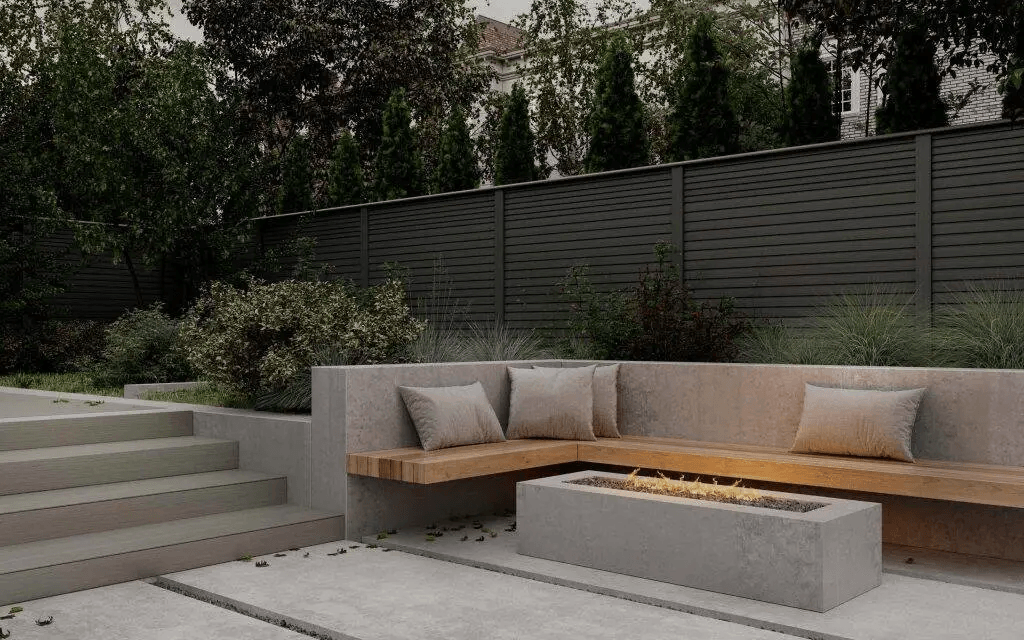
Fire rated composite cladding refers to building materials designed to resist fire and enhance safety in architectural applications. These innovative materials combine the aesthetic appeal of traditional cladding with advanced fire resistance properties, making them a popular choice for modern construction. Understanding the definition and basics of fire rated composite cladding is essential for architects, builders, and homeowners alike.
Definition and Basics
At its core, fire rated composite cladding is made from a blend of materials that have been engineered to withstand high temperatures and slow down the spread of flames. This type of cladding typically incorporates non-combustible elements within its composition, ensuring compliance with various safety standards. By meeting specific fire rating classifications, these products help mitigate risks associated with fires in buildings.
Key Features of Fire Rated Composite Cladding
One of the standout features of fire rated composite cladding is its ability to provide excellent thermal insulation while maintaining a lightweight profile. Additionally, this type of cladding often boasts enhanced durability against environmental factors such as moisture and UV radiation, which can lead to deterioration over time. Furthermore, many manufacturers offer customizable designs that allow architects to create visually appealing facades without compromising on safety.
Applications in Modern Architecture
Fire rated composite cladding has found its way into diverse architectural projects ranging from commercial buildings to residential homes. Its versatility makes it suitable for both new constructions and renovations where fire safety regulations are paramount. As urban environments continue to grow denser, the demand for reliable and aesthetically pleasing fire resistant options like this will only increase.
Kinds of Fire Ratings for Composite Cladding
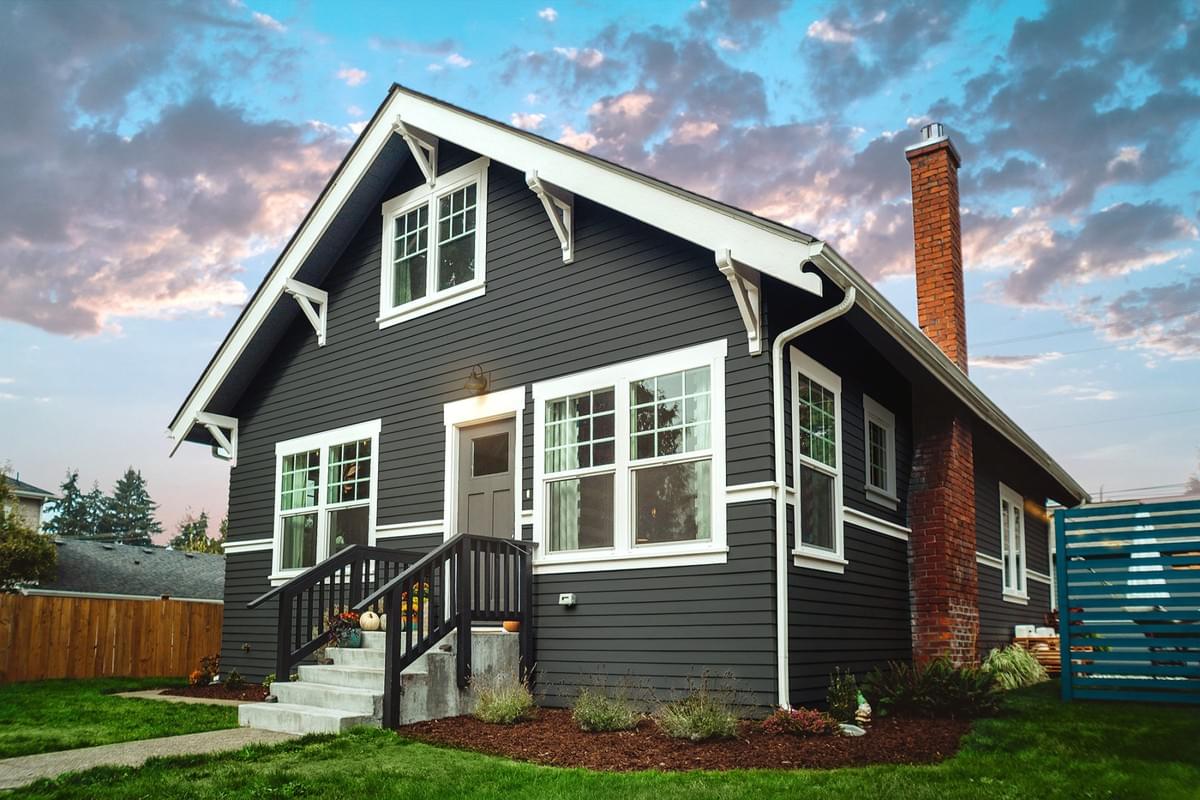
When it comes to fire safety in construction, understanding the different kinds of fire ratings for composite cladding is crucial. These ratings not only provide insight into how well materials can withstand fire but also guide architects and builders in making informed decisions about their projects. By exploring these classifications, we can better appreciate the significance of fire rated composite cladding in modern architecture.
Different Fire Rating Classes Explained
Fire rated composite cladding is categorized into various classes based on its ability to resist ignition and spread flames. The most common classification systems include ASTM E84 (USA) and EN 13501-1 (Europe), which assess materials on a scale from non-combustible to highly combustible. Understanding these classes helps in selecting the right product that meets specific building codes and safety regulations.
In general, fire rated composite cladding may fall under categories like Class A (the highest rating) or Class B, indicating superior performance against flames and smoke development. Each class provides essential information regarding the material's behavior during a fire event, ensuring that buildings are equipped with adequate safety measures. Therefore, knowing the different kinds of fire ratings for composite cladding is vital for compliance and protection.
How Ratings Influence Building Safety
The impact of fire ratings on building safety cannot be overstated; they serve as a benchmark for evaluating material performance under extreme conditions. Higher-rated materials contribute significantly to minimizing risks associated with fires, providing occupants with more time to evacuate while reducing property damage. Consequently, architects often prioritize choosing materials with favorable ratings when designing structures.
Moreover, local building codes often mandate specific fire rating requirements based on a structure’s occupancy type or location within a community—further emphasizing the importance of adhering to these classifications when selecting composite cladding products. By using verified fire rated composite cladding options, builders can enhance overall safety while ensuring compliance with regulatory standards. This proactive approach not only protects lives but also contributes to sustainable architectural practices.
Real-World Examples of Rated Cladding
Real-world examples highlight how different brands have embraced the challenge of creating effective fire rated composite cladding solutions that meet stringent standards such as EN 13501-1 and others alike. For instance, several leading manufacturers offer products boasting Class A ratings that have been rigorously tested under controlled conditions—demonstrating their commitment to quality and safety in construction practices.
Notable projects utilizing high-rated composite cladding include educational institutions and healthcare facilities where stringent regulations are paramount due to high occupancy levels and vulnerable populations present within these environments. These examples showcase how integrating advanced materials not only meets compliance requirements but also enhances aesthetic appeal without compromising safety features—a win-win scenario in modern architecture.
Description of the EN 13501-1 Standard
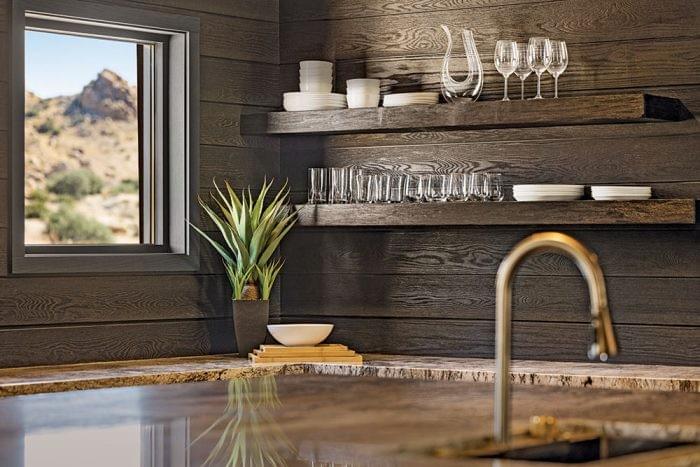
When it comes to ensuring safety in construction, the EN 13501-1 standard plays a pivotal role, particularly for fire rated composite cladding. This European standard classifies the reaction to fire performance of building materials, providing a comprehensive framework that helps architects and builders understand how different materials will behave in case of a fire. By establishing clear guidelines for testing and classification, EN 13501-1 facilitates informed decision-making regarding material selection based on their fire resistance.
Overview of the EN 13501-1 Standard
The EN 13501-1 standard categorizes building products into various classes based on their combustibility and flame spread characteristics. These classifications range from Class A (non-combustible) to Class F (not classified), allowing stakeholders to assess the fire performance of materials effectively. For manufacturers producing fire rated composite cladding, adherence to this standard is crucial as it sets the benchmark for safety compliance across Europe.
Importance for Composite Cladding Products
For composite cladding products specifically, compliance with the EN 13501-1 standard is not just about meeting regulatory requirements; it's also about protecting lives and property. Fire rated composite cladding that meets higher classifications can significantly reduce the risk associated with fires in buildings, making them safer for occupants and first responders alike. Moreover, these ratings enhance marketability; builders and architects are increasingly prioritizing materials that demonstrate superior fire resistance when designing modern structures.
How It Affects Manufacturer Compliance
Manufacturers must rigorously test their products according to the protocols outlined in EN 13501-1 to achieve specific ratings for composite cladding. This means investing time and resources into understanding variables affecting the fire resistance of composite cladding—such as material composition and installation practices—to ensure they can deliver compliant products consistently. Non-compliance not only jeopardizes safety but can also lead to legal ramifications, tarnishing a brand's reputation in an industry where trust is paramount.
Specific Ratings for Composite Cladding
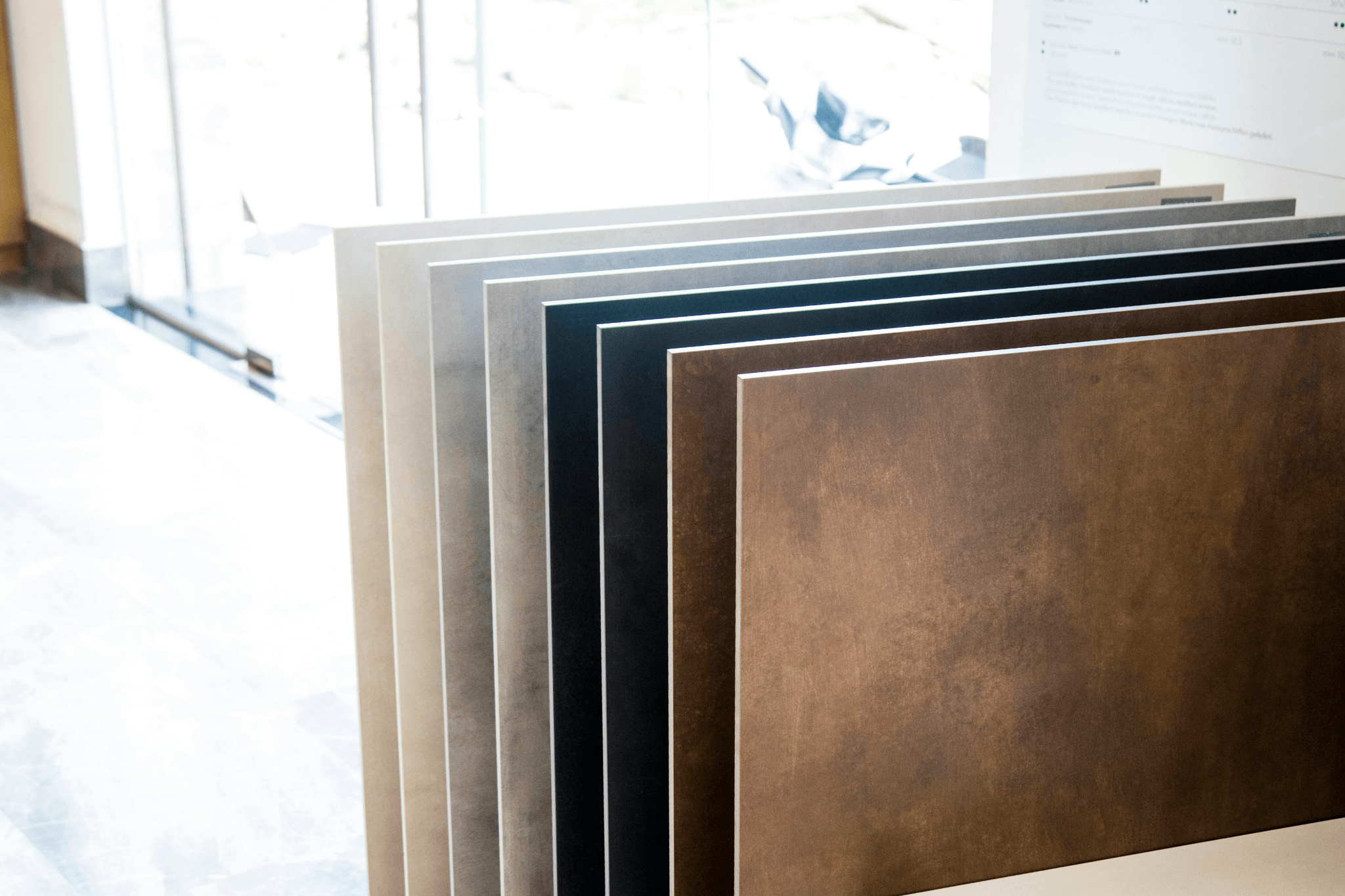
When it comes to fire rated composite cladding, understanding the specific ratings and their implications is crucial for architects, builders, and homeowners alike. Various brands have stepped up to the plate, providing options that meet stringent fire safety standards while also offering aesthetic appeal. This section will delve into notable brands, compare different composite cladding options, and explore the vital role of testing in ensuring compliance with fire safety regulations.
Brands with Notable Fire Ratings
Several manufacturers have distinguished themselves in the realm of fire rated composite cladding by achieving impressive ratings that comply with various safety standards. For instance, brands like Trespa and Alucobond offer products that not only boast high fire ratings but also incorporate innovative designs suitable for modern architecture. These companies often invest heavily in research and development to ensure their products meet or exceed the Kinds of Fire Ratings for Composite Cladding established by regulatory bodies.
Another brand worth mentioning is Dura Composites, which has made significant strides in producing fire resistant materials tailored specifically for external applications. Their commitment to quality is evident in their adherence to the Description of the EN 13501-1 Standard, ensuring that their offerings are both safe and stylish. With a range of colors and finishes available, these brands prove that safety doesn’t have to compromise aesthetics.
Comparative Analysis of Composite Cladding Options
When evaluating specific ratings for composite cladding options, it’s essential to consider not just the fire performance but also other factors such as durability and maintenance requirements. Each brand brings its unique strengths; some may excel in lightweight design while others focus on superior thermal insulation properties or weather resistance. This comparative analysis reveals how different types of materials can affect overall building safety while maintaining compliance with Kinds Of Fire Ratings for Composite Cladding.
For example, while one brand might offer a higher initial cost due to advanced technology used in production, it could save money over time through reduced maintenance needs or enhanced energy efficiency. Understanding these nuances helps stakeholders make informed decisions when selecting materials that align with both budgetary constraints and safety requirements. Ultimately, choosing the right composite cladding involves balancing performance metrics against practical considerations.
Role of Testing in Rating Verification
Testing plays an indispensable role in verifying claims made about fire resistance among various composite cladding products on the market today. The rigorous assessment process ensures that each material meets established criteria outlined in standards such as EN 13501-1 before being classified into specific rating categories based on performance during simulated fire scenarios. This process highlights why variables affecting the fire resistance of composite cladding—like material composition—are critical considerations during testing.
Furthermore, independent laboratories conduct these tests under controlled conditions to provide unbiased results regarding each product's efficacy against flames and heat exposure over time. Such transparency builds trust between manufacturers and consumers alike; knowing your chosen brand has undergone thorough scrutiny can significantly influence purchasing decisions related to fire rated composite cladding solutions. As a result, understanding this testing landscape empowers stakeholders with knowledge crucial for enhancing building safety without sacrificing style.
Variables Affecting the Fire Resistance of Composite Cladding
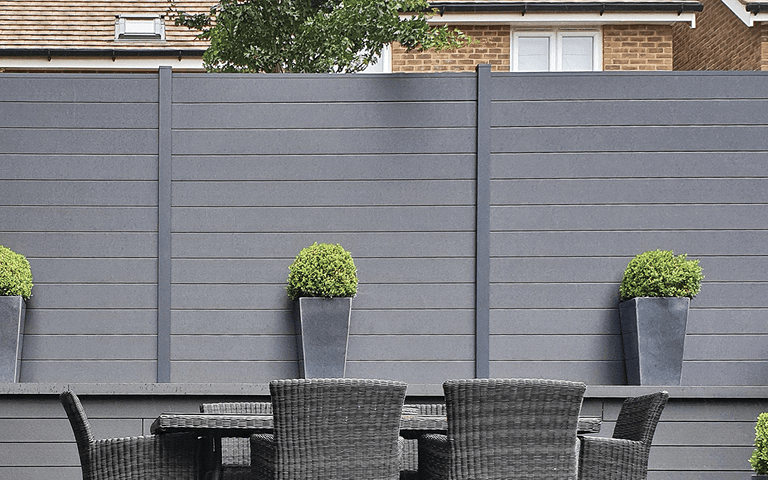
When it comes to fire rated composite cladding, several variables can significantly influence its fire resistance. Understanding these factors is crucial for architects, builders, and property owners alike. By examining material composition, environmental conditions, and installation practices, we can better appreciate how they impact the overall safety and performance of composite cladding.
Material Composition and Fire Performance
The material composition of fire rated composite cladding plays a pivotal role in determining its fire performance. Different materials exhibit varying levels of combustibility; thus, selecting the right combination is essential for achieving desired fire ratings. For instance, some composites incorporate non-combustible fillers or flame-retardant additives that enhance their resistance to flames, making them suitable for high-risk environments.
Moreover, the manufacturing process also affects how well these materials perform under heat exposure. Brands that adhere to strict guidelines like the EN 13501-1 standard often produce higher-quality products with verified ratings. Therefore, when considering specific ratings for composite cladding, it's vital to scrutinize not just what materials are used but also how they are processed.
Environmental Factors to Consider
Environmental factors can have a significant influence on the effectiveness of fire rated composite cladding over time. Elements such as humidity levels, temperature fluctuations, and exposure to UV rays can degrade certain materials or alter their flammability characteristics. As a result, understanding local climate conditions is essential when selecting appropriate fire rated options for your building.
Additionally, urban environments may present unique challenges due to proximity to other structures or potential sources of ignition. In such cases, it’s crucial to consider how these surroundings may affect the long-term performance of your chosen cladding system. Ultimately, awareness of environmental influences helps ensure that your selected composite cladding not only meets safety standards but also maintains its integrity throughout its lifecycle.
Installation Practices Impacting Fire Safety
Even the best fire rated composite cladding won't perform effectively if it isn't installed correctly—this is where installation practices come into play. Proper techniques can significantly enhance fire resistance by ensuring that all components fit together seamlessly without gaps or vulnerabilities that could allow flames to spread more easily. This emphasizes the importance of hiring skilled professionals who understand both building codes and best practices in installation.
Furthermore, attention should be paid during installation regarding ventilation and spacing between panels; inadequate airflow can lead to heat accumulation and increase flammability risks in certain situations. Regular maintenance checks post-installation are equally important; wear and tear over time may compromise even top-rated systems if not addressed promptly. Thus, understanding how installation impacts safety is key when discussing variables affecting the fire resistance of composite cladding.
Advantages of Fire-Resistant Composite Cladding
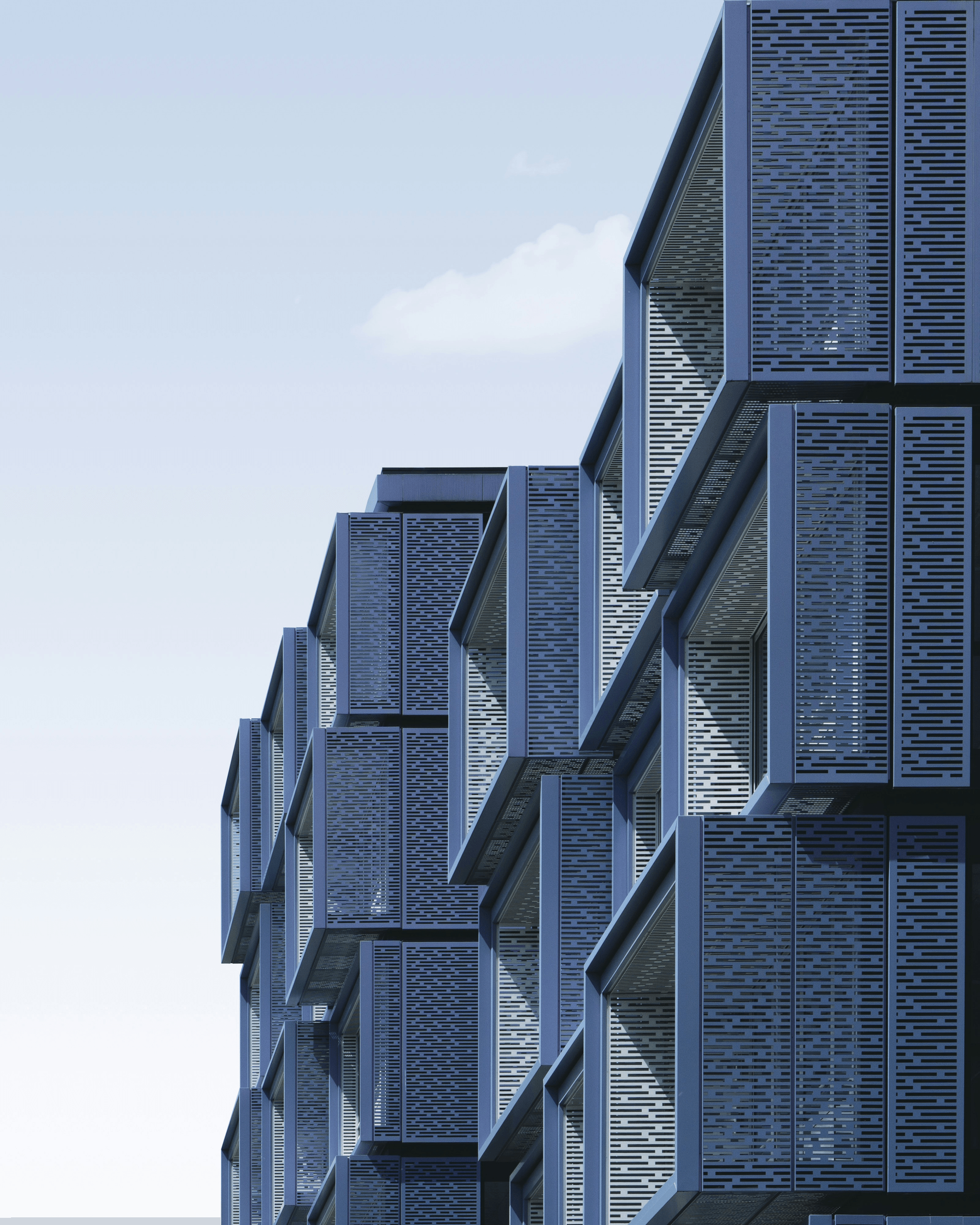
Fire-resistant composite cladding is revolutionizing the construction industry, particularly when it comes to safety and aesthetics. With increasing awareness of fire safety standards, such as the EN 13501-1 standard, builders are opting for fire rated composite cladding over traditional materials. This shift not only enhances building safety but also addresses concerns regarding environmental impact and long-term maintenance.
Benefits Over Traditional Cladding Materials
One of the standout advantages of fire-rated composite cladding is its superior resistance to flames compared to traditional materials like wood or vinyl. Unlike these conventional options, which can ignite easily and release harmful toxins when burned, fire rated composite cladding is engineered to withstand high temperatures and prevent the spread of flames. Additionally, many brands offer a variety of designs and finishes that can mimic the look of natural wood while providing enhanced safety features.
Moreover, this type of cladding often comes with various Kinds Of Fire Ratings for Composite Cladding that ensure compliance with stringent building codes. This means that architects and builders can confidently specify these products without compromising on safety or aesthetics. With a growing emphasis on sustainable building practices, choosing fire-rated options not only meets legal requirements but also promotes responsible construction.
Cost-Effectiveness in the Long Run
While some may argue that fire-rated composite cladding has a higher upfront cost than traditional materials, it proves to be more economical over time due to its durability and low maintenance needs. Traditional materials often require frequent replacement or treatment against pests and weather damage; however, fire rated composite cladding retains its integrity much longer under various environmental conditions. This longevity translates into fewer repairs or replacements needed down the line.
Additionally, insurance companies may offer discounts for buildings equipped with certified fire-resistant materials, further enhancing their cost-effectiveness in the long run. The investment in quality products that adhere to Specific Ratings for Composite Cladding pays off through reduced risk and potential liability costs associated with fires. Ultimately, choosing this type of cladding can lead to significant savings while ensuring peace of mind regarding safety.
Enhancing Building Safety and Aesthetics
Fire-resistant composite cladding serves a dual purpose: it enhances both safety measures within buildings while contributing positively to their overall aesthetic appeal. By incorporating advanced design techniques aligned with Variables Affecting the Fire Resistance of Composite Cladding—such as material composition—builders can achieve striking looks without sacrificing protection from flames.
Furthermore, modern architectural trends favor seamless integration between functionality and visual appeal; thus, using fire rated composite cladding allows designers to create stunning facades that stand out in urban landscapes without compromising on essential safety features dictated by standards like EN 13501-1. As more projects prioritize sustainability alongside aesthetic value, choosing this innovative material becomes an increasingly attractive option for developers looking to make an impactful statement.
Conclusion
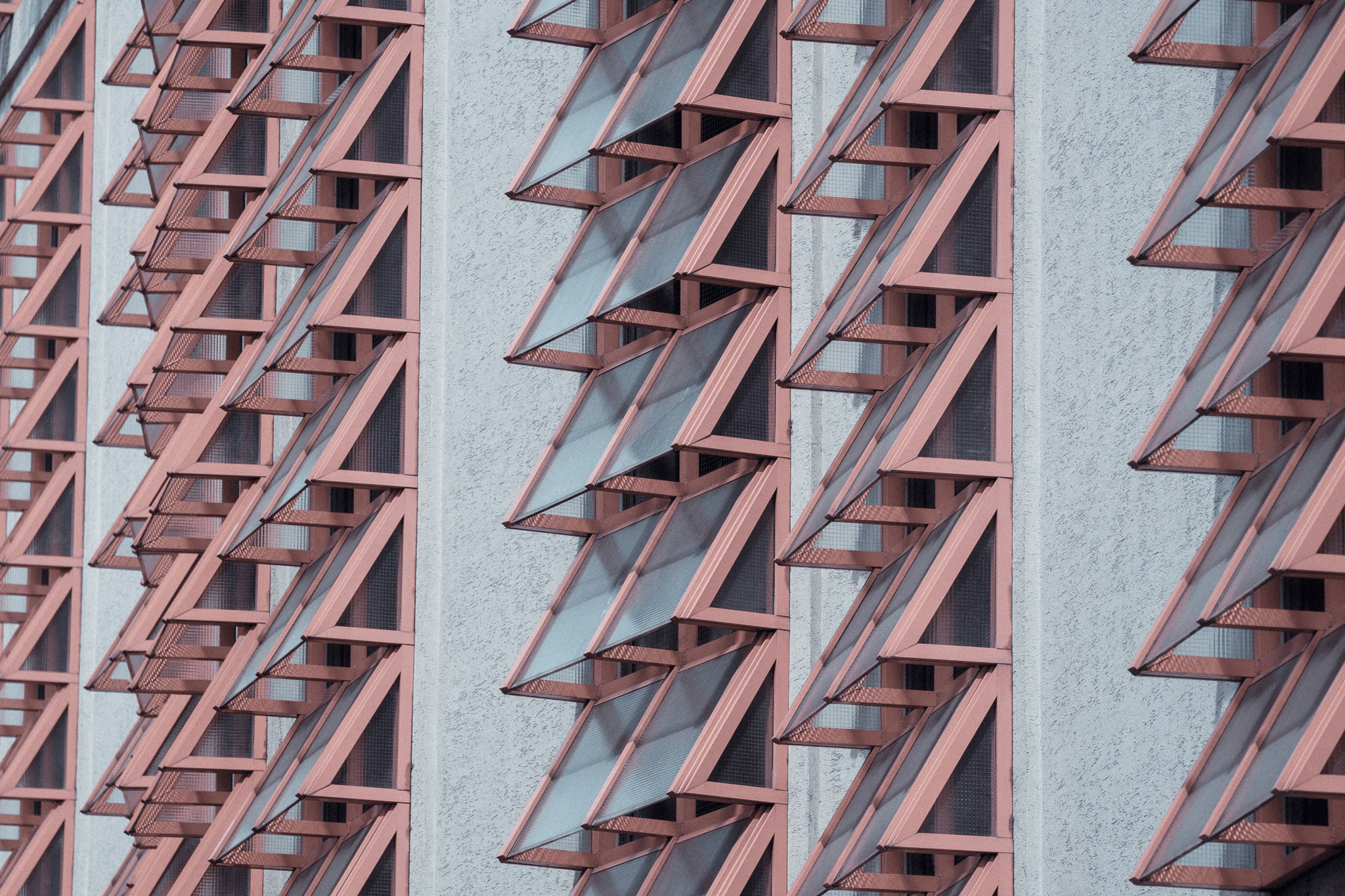
In the ever-evolving world of construction, the significance of selecting fire rated composite cladding cannot be overstated. Fire safety is paramount, and understanding the various kinds of fire ratings for composite cladding is essential for builders, architects, and homeowners alike. Choosing products that comply with rigorous standards ensures that structures not only look good but also provide a safe environment for their occupants.
The Importance of Choosing Fire Rated Options
Choosing fire rated options is crucial in today's safety-conscious landscape. Fire rated composite cladding offers a reliable barrier against flames, significantly reducing the risk of fire spreading through buildings. Moreover, complying with the description of the EN 13501-1 standard further enhances these materials' credibility and effectiveness in mitigating fire hazards.
Why Composite Decking Inc Stands Out
Composite Decking Inc distinguishes itself through its commitment to quality and safety in its product offerings. With specific ratings for composite cladding that meet or exceed industry standards, their products are designed with both aesthetics and functionality in mind. This dedication to excellence makes them a top choice for those seeking reliable fire resistant solutions without compromising on style.
Final Thoughts on Fire Resistance in Cladding
Fire resistance in cladding is not just a regulatory requirement; it’s an investment in safety and peace of mind. By understanding variables affecting the fire resistance of composite cladding—such as material composition and installation practices—stakeholders can make informed decisions that enhance building integrity. Ultimately, embracing advantages of fire-resistant composite cladding leads to safer environments while elevating architectural appeal.
